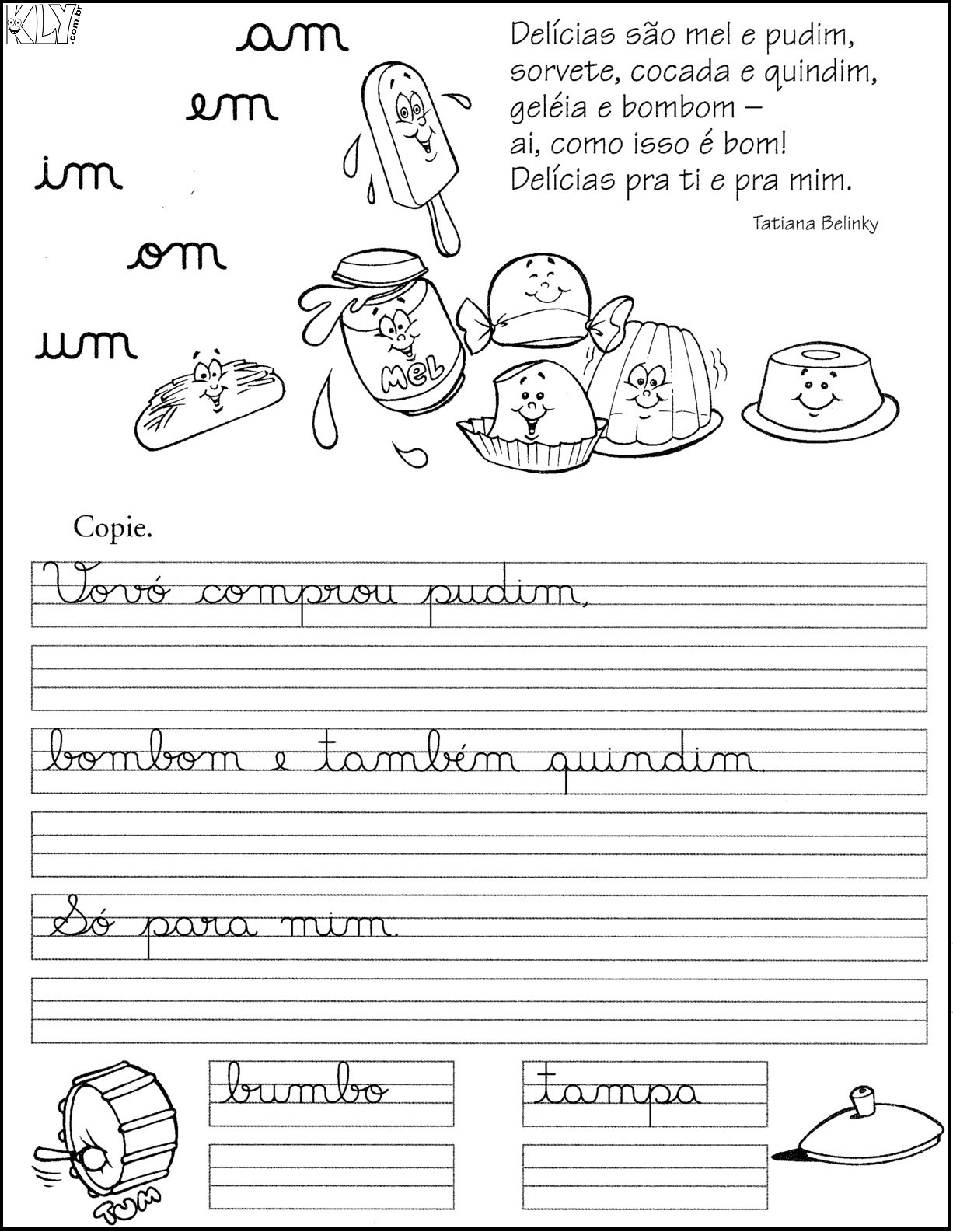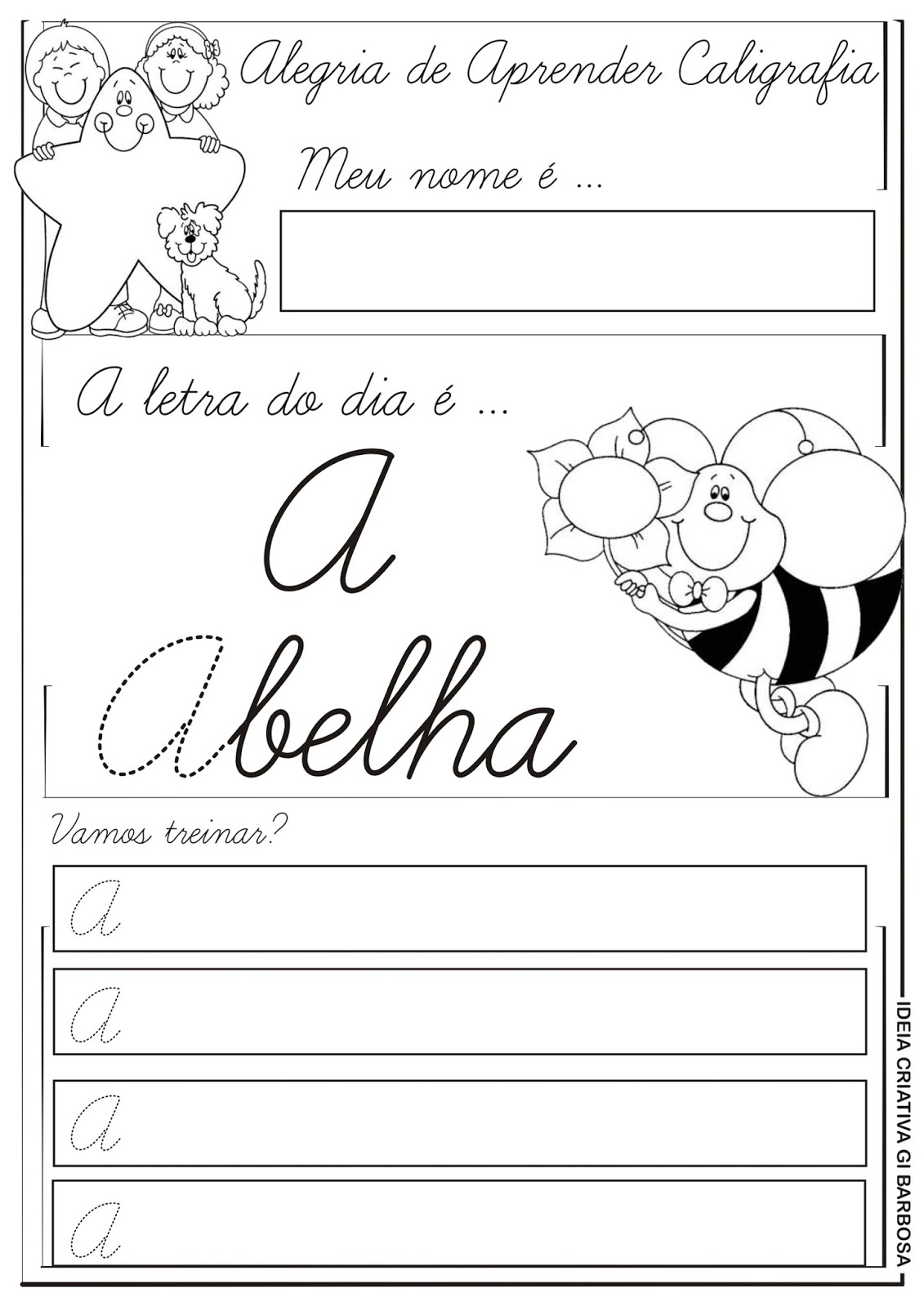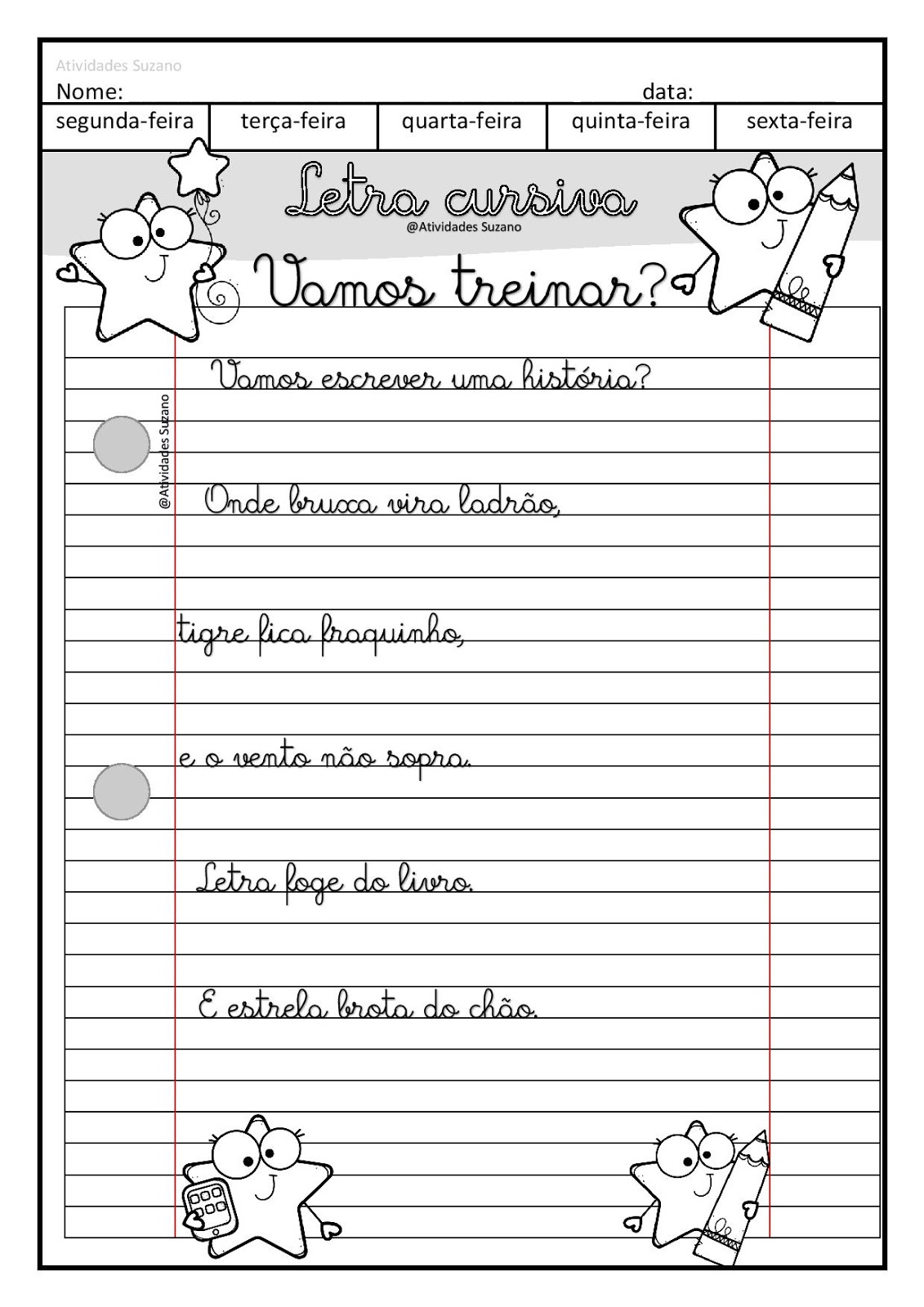Remember those lined sheets of paper, filled with looping letters and graceful swirls? For many of us, learning cursive handwriting was a rite of passage in elementary school. Yet, in our increasingly digital world, the once-ubiquitous cursive script seems to be fading into the background. Keyboards and touchscreens have become our primary tools for written communication, leading some to question the continued relevance of cursive writing. However, dismissing cursive as an antiquated skill would be a mistake. This elegant form of penmanship offers a surprising array of benefits, from cognitive development to preserving personal expression.
The history of cursive writing is a fascinating journey spanning centuries. Emerging from the need for faster and more efficient writing, cursive evolved from various ancient scripts, eventually solidifying its form in 15th-century Italy. Known as "cancellaresca corsiva," this italic script quickly gained popularity among scholars and artists, spreading throughout Europe and later influencing the development of handwriting styles worldwide. For generations, cursive writing was not merely a practical skill but a mark of education and refinement. Formal letters, historical documents, and even love letters were penned in flowing cursive, reflecting a time when penmanship held both personal and societal value.
While the digital age has undeniably transformed how we communicate, the importance of cursive writing extends beyond mere practicality. Numerous studies have shown that the act of physically forming letters by hand engages different parts of the brain compared to typing. This, in turn, can enhance fine motor skills, improve memory retention, and foster better letter recognition in young learners. Beyond its cognitive benefits, cursive writing allows for greater creativity and personal expression. The fluidity of the script encourages a more natural flow of thoughts and ideas, making it an ideal tool for journaling, brainstorming, and even artistic pursuits like calligraphy.
Furthermore, cursive writing maintains a strong connection to our cultural heritage. Historical documents, personal letters, and literary works often feature this elegant script, providing a tangible link to the past. Being able to read and appreciate cursive allows us to engage with these historical artifacts and personal narratives in a more meaningful way. Moreover, a handwritten note or letter, penned in flowing cursive, carries a personal touch that digital communication often lacks. It conveys a sense of thoughtfulness, care, and effort that can deepen personal connections.
Although the future of cursive writing may seem uncertain in our digital world, its inherent value and numerous benefits ensure its continued relevance. From fostering cognitive development to preserving a connection to our past, cursive writing remains a valuable skill worth preserving for generations to come.
Reed funeral home obituaries lexington tn
Unveiling the kuro games game list your guide to epic adventures
The financial fabric navigating the world of jpmorgan chase
atividade com letra cursiva texto - Khao Tick On
atividade com letra cursiva texto - Khao Tick On
atividade com letra cursiva texto - Khao Tick On
atividade com letra cursiva texto - Khao Tick On
atividade com letra cursiva texto - Khao Tick On
atividade com letra cursiva texto - Khao Tick On
Atividades para Formar Palavras no 2º Ano - Khao Tick On
atividade com letra cursiva texto - Khao Tick On
atividade com letra cursiva texto - Khao Tick On
atividade com letra cursiva texto - Khao Tick On
Pin em lara em 2024 - Khao Tick On
atividade com letra cursiva texto - Khao Tick On
atividade com letra cursiva texto - Khao Tick On
atividade com letra cursiva texto - Khao Tick On
atividade com letra cursiva texto - Khao Tick On














